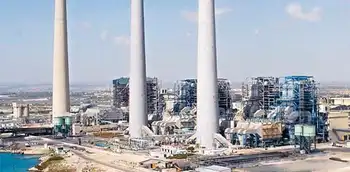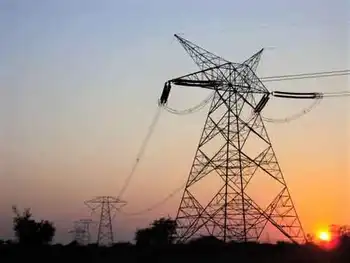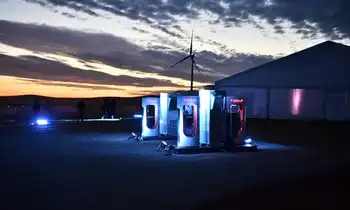First Solar plants near U.S. loan decision
CALIFORNIA - Three of First Solar Inc's largest solar power plants are moving closer to winning government loan guarantees under a program that could vastly expand the country's use of the clean energy source.
According to letters issued by the U.S. Energy Department on May 10 and posted on First Solar's website, the company's planned projects, with a total capacity of more than 1,300 megawatts, remain candidates to win the government commitments that would enable them to be constructed.
Together, the plants would be larger than the entire amount of solar power added in the United States last year, when 878 megawatts of photovoltaic systems were built, and would have about 30 percent more capacity than an average nuclear reactor.
About two-thirds of the funds under the Energy Department's loan guarantee program have been allocated so far to 19 projects, and not all the projects that are now awaiting approval will win backing. Jonathan Silver, the executive director of the loan guarantee program, said in the letters.
"We are, therefore, focused on ensuring that we leverage the remaining funds as effectively as possible in the brief time that remains," he wrote.
The government's loan guarantee program has attracted intense interest from renewable energy companies, which are seeking to use the funds to help build clean energy projects on a far larger scale than in the past.
Other companies that received letters stating their applications were on track included biofuels company Poet, thermal solar company SolarReserve and geothermal company Ormat Technologies Inc.
First Solar, the world's largest solar power maker by market value, previously received a conditional commitment for a U.S. loan guarantee of $967 million for its 290-MW Agua Caliente plant in January. It announced in December that it would sell that plant to power company NRG Energy Inc for up to $800 million.
First Solar has sought the loan guarantees to help build its Topaz and Desert Sunlight plants in Southern California, which are expected to have output capacity of 550 MW each, enough for each to supply power to about 160,000 homes.
Analysts have estimated that each plant will cost more than $1 billion to construct, although the company would not comment on the costs.
Both plants are working their way through the permitting process, with the Topaz Solar Farm winning local approval from San Luis Obispo County's Planning Commission.
The other proposal is for its AV Solar Ranch One, a 230-MW project planned for the Antelope Valley in Los Angeles County, California.
Winning the government support for the power plants would help First Solar find buyers for the projects, which are part of its pipeline of about 2,400 MW of plants planned for construction.
"It makes the projects much more attractive because the profit returns go up if you can get lower-priced funding from the government," said Auriga USA analyst Mark Bachman.
Solar power is one of the fastest-growing sources of power generation, but remains tiny compared with coal, natural gas and nuclear power and it relies on government subsidies to make it profitable.
First Solar's panels are the lowest-cost in the industry. They are made using cadmium telluride rather than silicon, the material used in most solar panels.
Earlier this month, First Solar reported quarterly earnings that topped Wall Street expectations, but shares fell on fears that cuts in solar subsidies in Italy would hurt demand for its panels.
The company's China-based rivals Yingli Green Energy Holding Co Ltd, Trina Solar Ltd and JA Solar Holdings Co Ltd all reported that sales were lagging expectations because of cuts in subsidies in Italy, the world's second-largest solar market.
Related News

Russia to triple electricity supplies to China
BEIJING - Russia will triple electricity supplies via the Amur-Heihe electric transmission line (ETL) starting October 1, China Central Television has reported.
"Starting October 1, the overhead convertor substation of 500 kW (750 MW DC) will increase its daily time of operation with full loading from 5 to 16 hours per day," the TV channel said.
"This measure will make it possible to dramatically ease the situation with the electricity supply," the report said. Electricity from this converting station is used in three northeastern provinces of China - Heilongjiang, Liaoning and Jilin. In 29 years, Russia supplied over 30 bln kilowatt hours…




